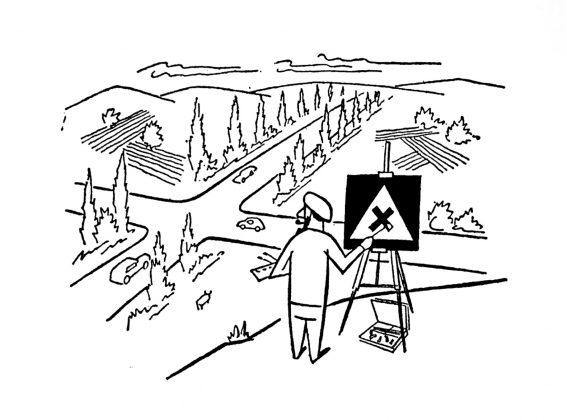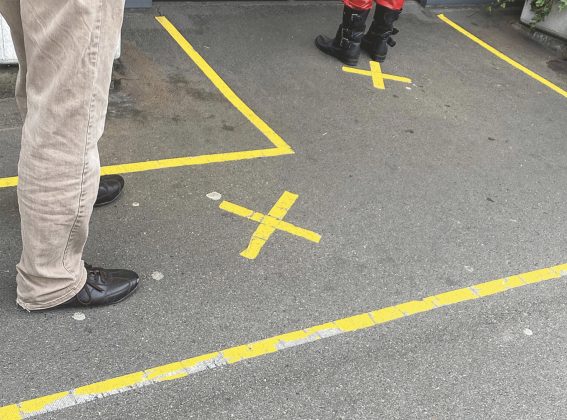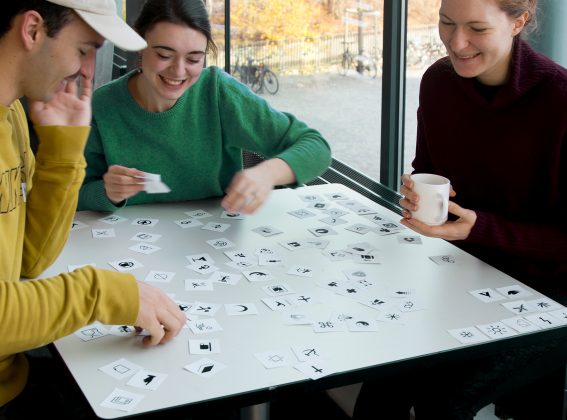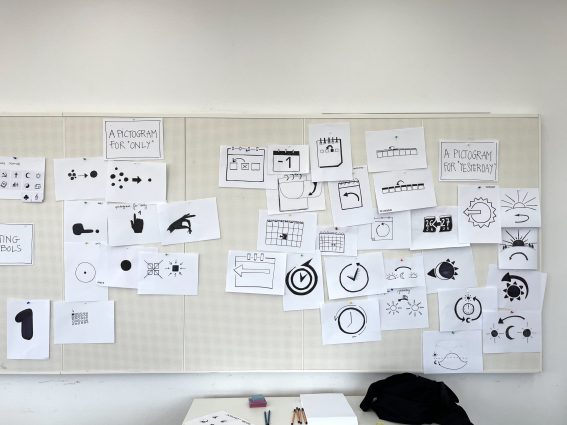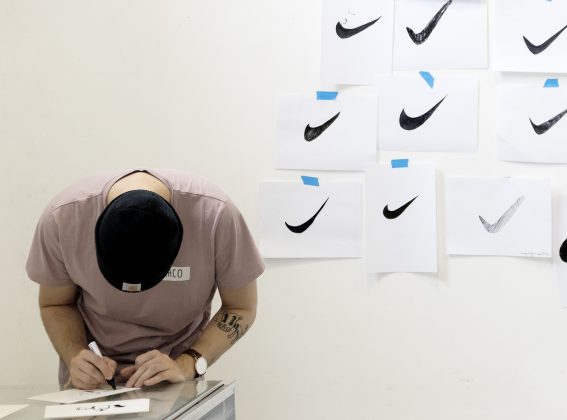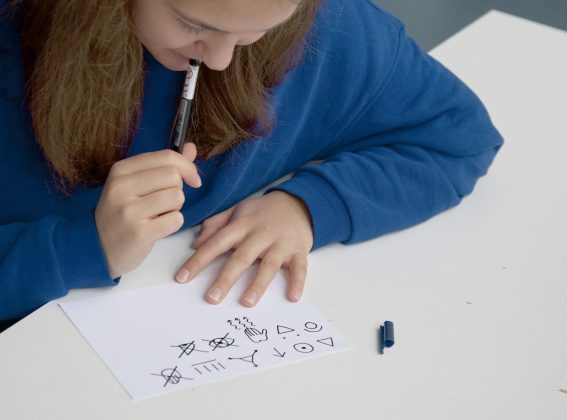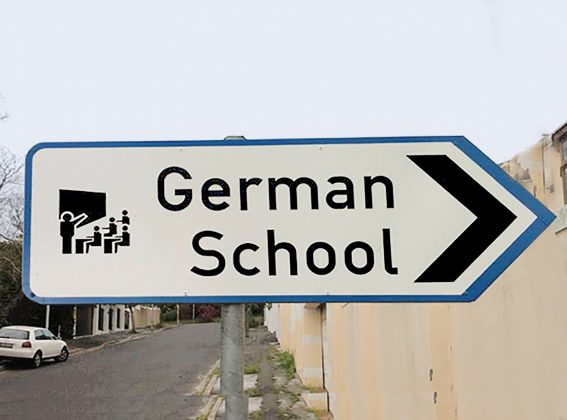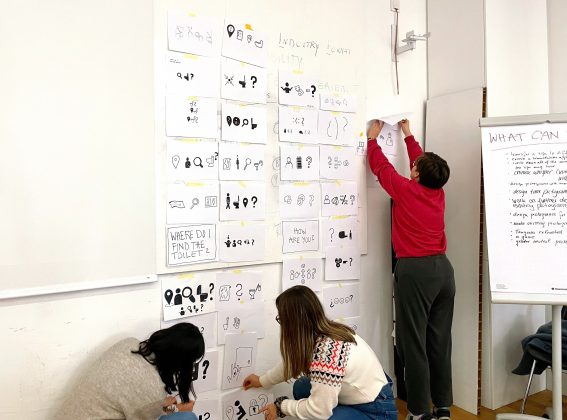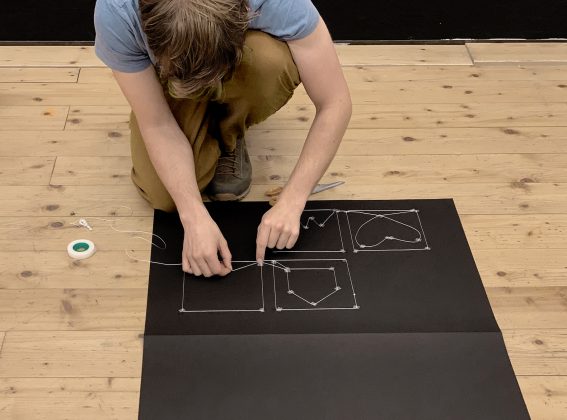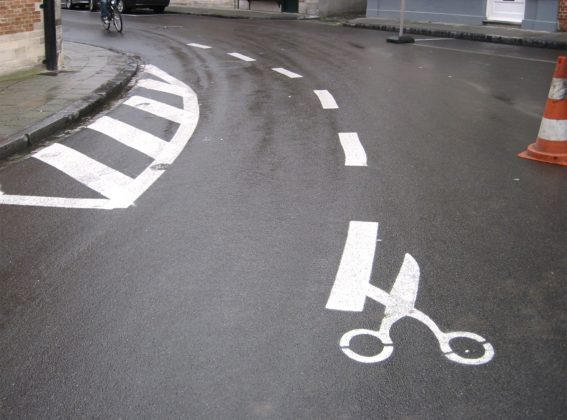Pictograms might just be the most remarkable work horses in the field of design. They belong to the oldest cultural achievements in human history. Without them nowadays, we’d be screwed! They allow us to orientate, they help us handle devices, they are familiar or mysterious, they are abstract or detailed. They have become essential as currently no interface works without them. The smaller they can be, the better. What do they do with us? What can we do with them?
The Bible says, »Thou shalt not make unto thee any image«. The Western Christians don’t take it that seriously though. Long before compulsory school attendance, biblical stories were painted onto church walls for the benefit of the illiterate. Today, more people seem to be literate than ever – and reluctant to read much. At the same time, without schooling, they develop the skill to read innumerable icons every day: on screens, traffic signs, products, and elsewhere. Each of them communicates a type of message: warning, commandment, information, identity and many more.
In the course of this method workshop, we meander through various cultures, times, and contexts. Can we distinguish the ladies’ room from the men’s room in Poland? Can Indians do the same in our country? Is it possible to transfer a longer message with several short ones? The Egyptians successfully gave a good example through hieroglyphics. In our culture, the swastika is a Nazi symbol, in Asia it signifies luck. How come? The East German traffic-light man has become a pop star. Oh – can signs become famous? Can they grow old? Do they have their own grammar?
We have a look at formal relations and at various forms of comparable messages. We examine the effect of mapping values, and play with degrees of abstraction and complexity. We change proportions and arrangements. We re-stage contexts, and we watch how the meaning of pictograms can dramatically alter.
procedure
Practical tasks alternate with theoretical digressions and short presentations. The participants work in groups, in twos and on their own using black and white icons either brought by me or them, or accumulated together.
aim
Increased perception of the many and diverse messages, senders and recipients in our individual daily surroundings. Enrichment of one’s own visual vocabulary. Insight into the potential of a concentrate of imagery. Basic understanding of their applications, achievements, advantages, and perils. Knowledge of using pictograms in one’s own creative work. Inspirations for the design of icons and icon families. Broadening horizons to exceed our own culture and time.
compatibility
I am looking forward to come to your university, studio, institution, company. Just send me a mail so we can arrange details and dates.
Only now, after 7 semesters, did I notice that there are three different pictograms for the emergency exits in our canteen!
Diatra, master student, Pforzheim, Germany
I liked the timing and I laughed a lot. I was amazed, and also a little bit soothed, to learn that not even professional designers necessarily do everything well and consistently. And I was interested to see the results that other groups had come up with during this workshop.
Alexander, bachelor student, Augsburg, Germany
It strikes me how much information you can pack into such a small image. I somehow thought there was only one certain kind, but it turns out to be a very wide field. I see now that there are several jumping-off points. I was inspired by the many different possibilities of how I can work with symbols, and how I can develop my own perspective. And I feel more motivated to go my own way..
Lea, bachelor student, Augsburg, Germany
The workshop still resonates with me. It was so refreshing, intense, playful and entertaining. Once again, thank you.
Markus, information designer, Kematen, Tyrol / Austria

